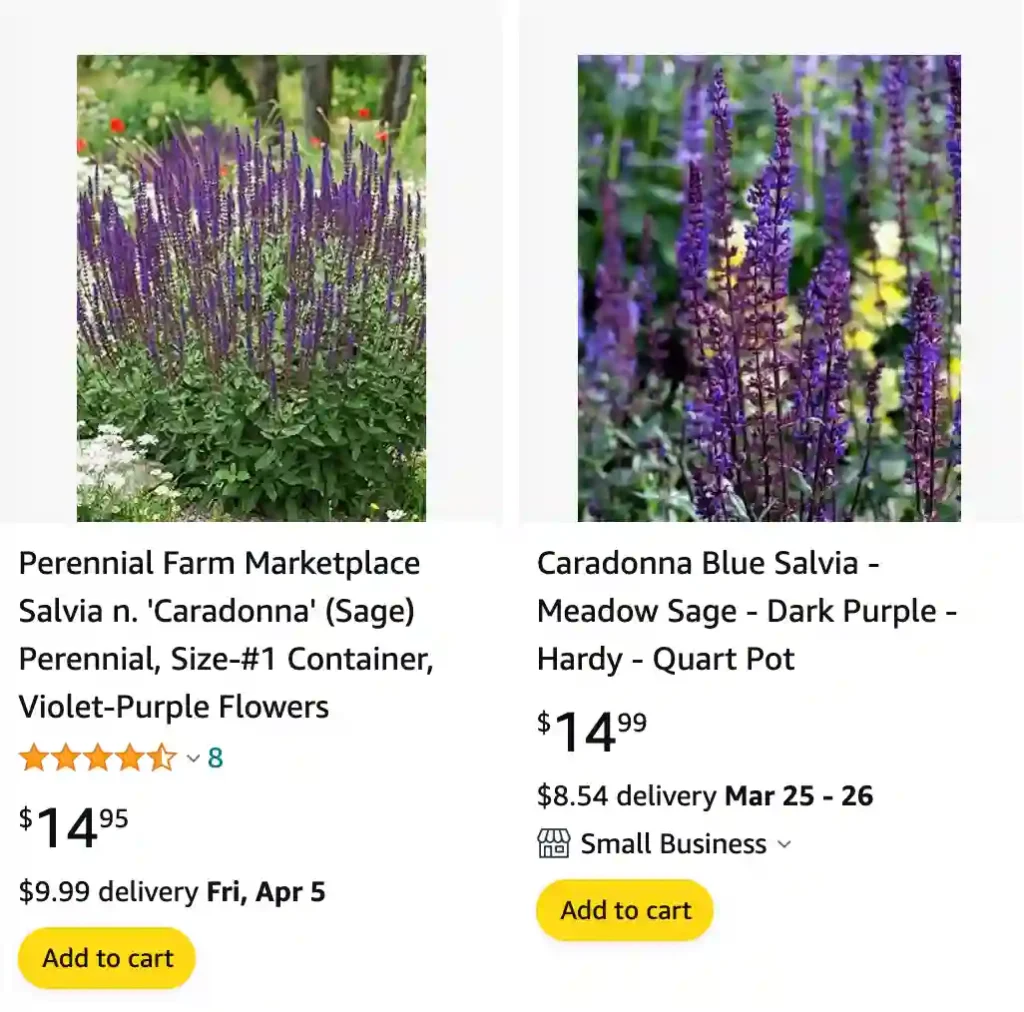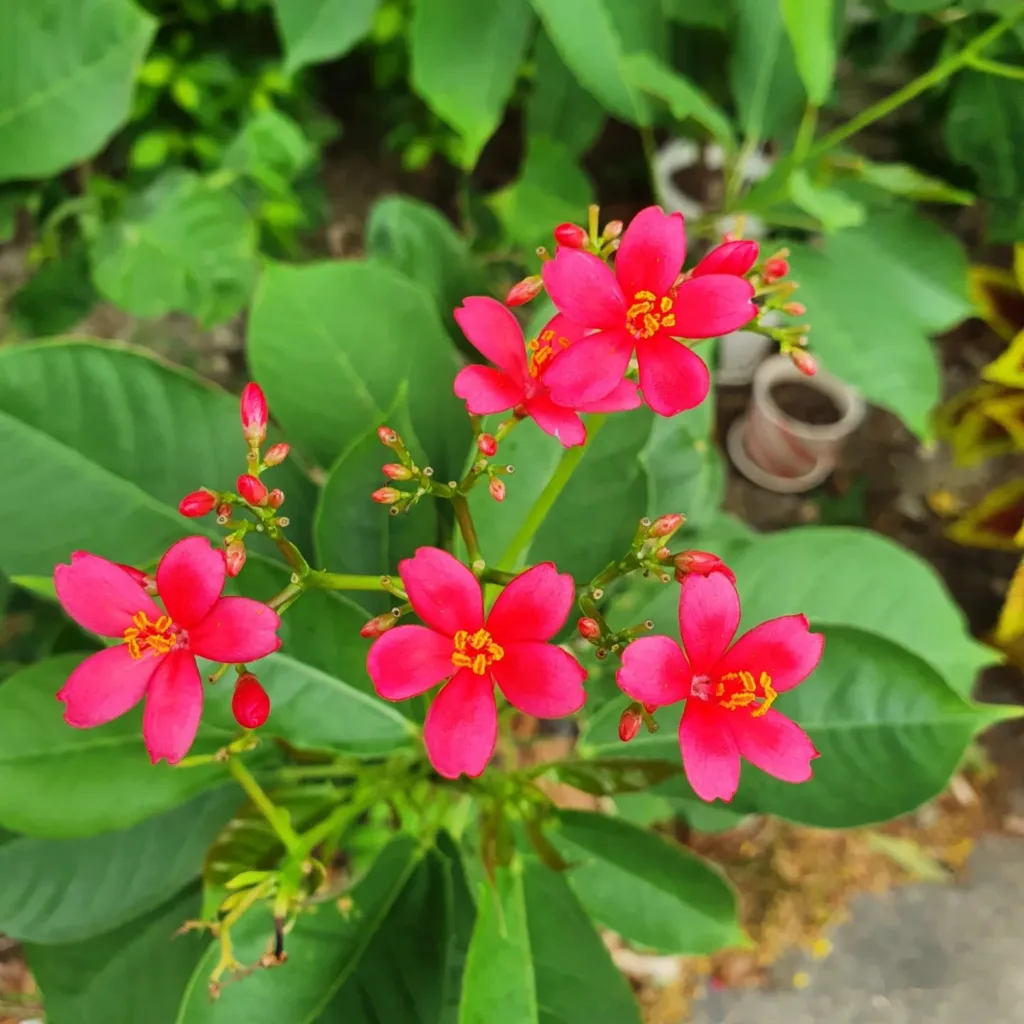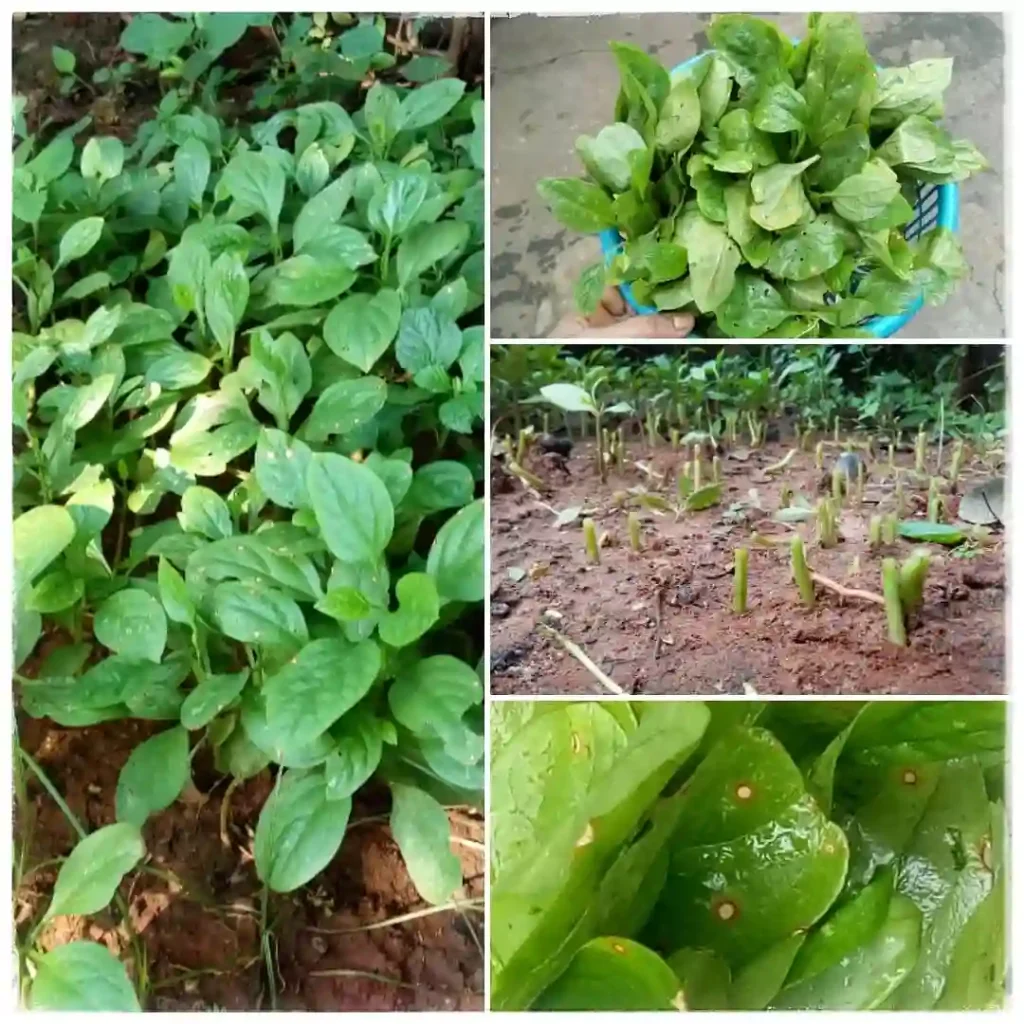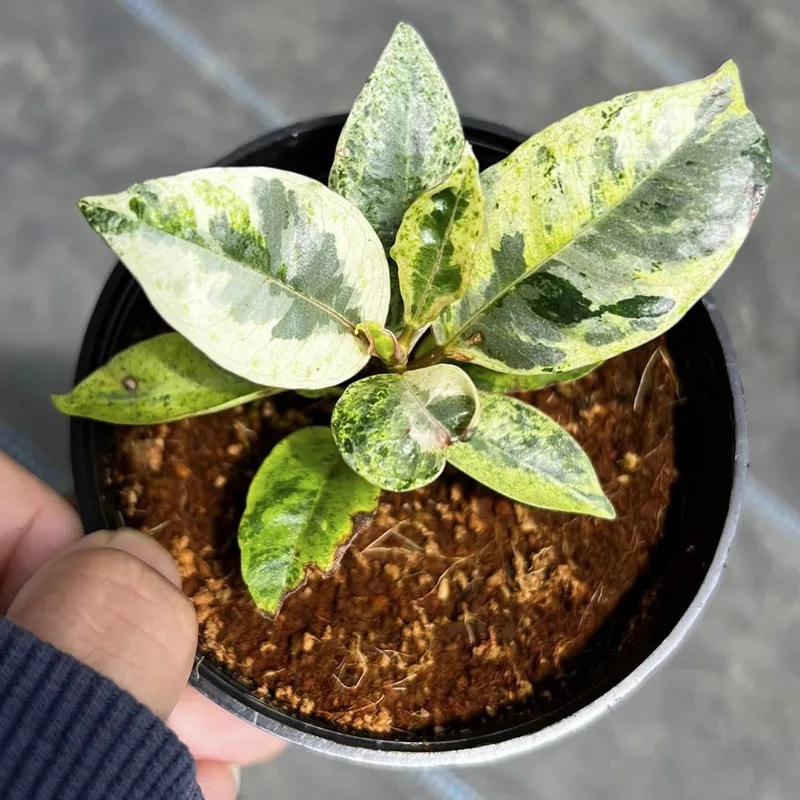
The Allure of Salvia Caradonna: A Gardener’s Guide
For years, I’ve been captivated by the striking beauty of Salvia Caradonna. Its deep violet-blue flowers stand out against the backdrop of aromatic grey-green foliage, adding a touch of elegance to any garden. But beyond its aesthetics, Salvia Caradonna is a surprisingly easy-going perennial that rewards minimal effort with a long bloom season. In this guide, I’ll share my experience growing this delightful plant, answering all your questions to cultivate a thriving Salvia Caradonna in your own garden.
1050 Species in Genus Salvia
Salvia Caradonna vs May Night
I’ve grown Salvia Caradonna in my garden, and I’ve been impressed with its deep violet blooms and the way it consistently draws in pollinators throughout the summer. On the other hand, May Night has been a favorite of mine too, with its rich purple spikes and sturdy growth; it seems to last a bit longer into the season and stands up well to rain. Both are fantastic, but I find that Caradonna offers a slightly more vibrant color, while May Night has a bit more staying power and resilience.
Is Salvia Caradonna Perennial?
Absolutely! Salvia Caradonna is a true perennial, meaning it will come back year after year, adding a touch of constancy to your garden. With proper care, you can expect it to grace your space for years to come.
How to Care for Salvia Caradonna?
Salvia Caradonna thrives with minimal intervention. Here’s what it needs to flourish:
- Sunlight: Plant your Salvia Caradonna in a location that receives at least 6-8 hours of direct sunlight daily. This will ensure abundant blooms and vibrant flower color.
- Soil: Well-drained soil is key. Salvia Caradonna doesn’t tolerate soggy conditions, so amend your soil with sand or compost if necessary to improve drainage.
- Watering: Water regularly during the first growing season, especially during hot and dry periods. Once established, Salvia Caradonna is quite drought-tolerant and requires minimal watering.
- Fertilizer: A balanced fertilizer applied once during spring is sufficient. Avoid over-fertilizing, as this can promote excessive foliage growth at the expense of flowers.
Does Salvia Caradonna Spread?
Salvia Caradonna is not an aggressive spreader. It forms a compact, clump-forming habit and won’t take over your garden bed. However, it may self-seed occasionally, resulting in volunteer seedlings around the parent plant. You can choose to leave these for a naturalized look or gently remove them if they’re unwanted.
How to Deadhead Salvia Caradonna?
Deadheading, the removal of spent flowers, encourages continued blooming throughout the season. Simply pinch off the faded flowers just below the flower head. This will not only improve the plant’s appearance but also prevent unwanted self-seeding.
How to Prune Salvia Caradonna?
Pruning is not strictly necessary for Salvia Caradonna, but it can be beneficial for maintaining a tidy appearance and encouraging a second flush of blooms. Here’s what you can do:
- Mid-summer cutback: After the first wave of flowering subsides, cut the plant back by about one-third. This will encourage new growth and potentially reward you with a second round of blooms in late summer or fall.
- Fall Cleanup: In late fall, after the frost has blackened the foliage, cut back the entire plant to an inch or two above the ground. This will remove dead stems and prepare the plant for winter dormancy.
Can you Divide Salvia Caradonna?
Yes, you can divide Salvia Caradonna to create new plants. The best time for division is in early spring or fall, when the plant is dormant. Here’s a quick process:
- Dig up the mature Salvia Caradonna clump using a shovel.
- Gently tease apart the clump into smaller sections, ensuring each division has healthy roots and shoots.
- Replant the divisions in prepared soil, water well, and keep them mulched for the first season.
What to Plant with Salvia Caradonna?
Salvia Caradonna pairs beautifully with various plants, adding a touch of cool blue to your garden palette. Here are some ideas:
- Warm companions: Yellow or orange flowering plants like Coreopsis, Gaillardia, or Rudbeckia create a vibrant contrast.
- Silvery companions: Plants with silver foliage like Artemisia or Lavender complement the blue tones of Salvia Caradonna and add a touch of texture.
- Pink companions: Roses or pink-flowering perennials like Echinacea or Astilbe create a soft and romantic combination.
Is Salvia Caradonna poisonous to dogs?
While not considered deadly, Salvia Caradonna does contain compounds that can be mildly irritating to dogs if ingested. Signs might include drooling, vomiting, or diarrhea. If you have pets, it’s best to plant Salvia Caradonna in an area where they cannot easily access it.
With its easygoing nature and stunning blooms, Salvia Caradonna is a fantastic addition to any garden. By following these simple tips, you can cultivate a thriving patch of this delightful perennial that will grace your space with its beauty for years to come.
If i die, water my plants!



